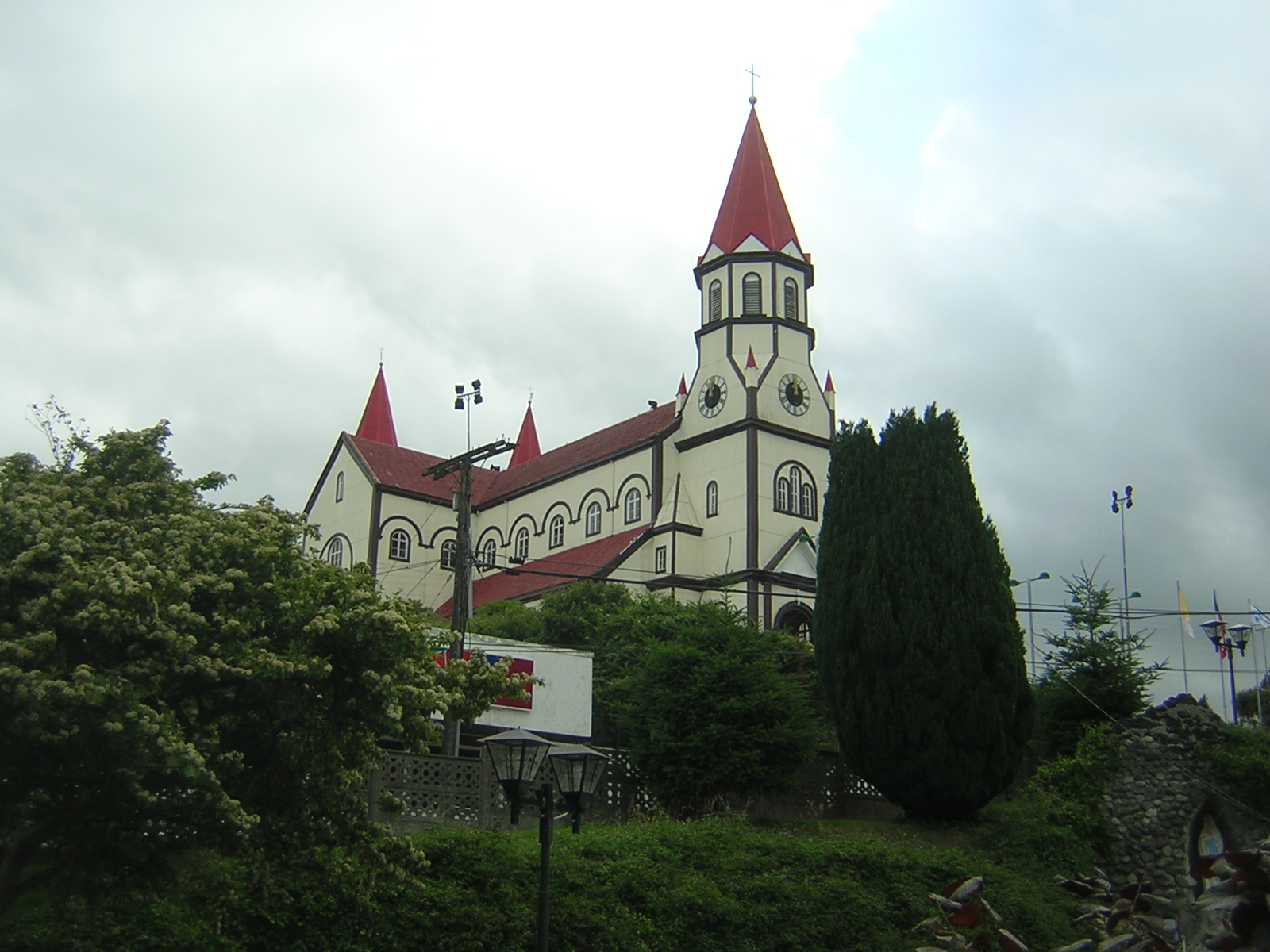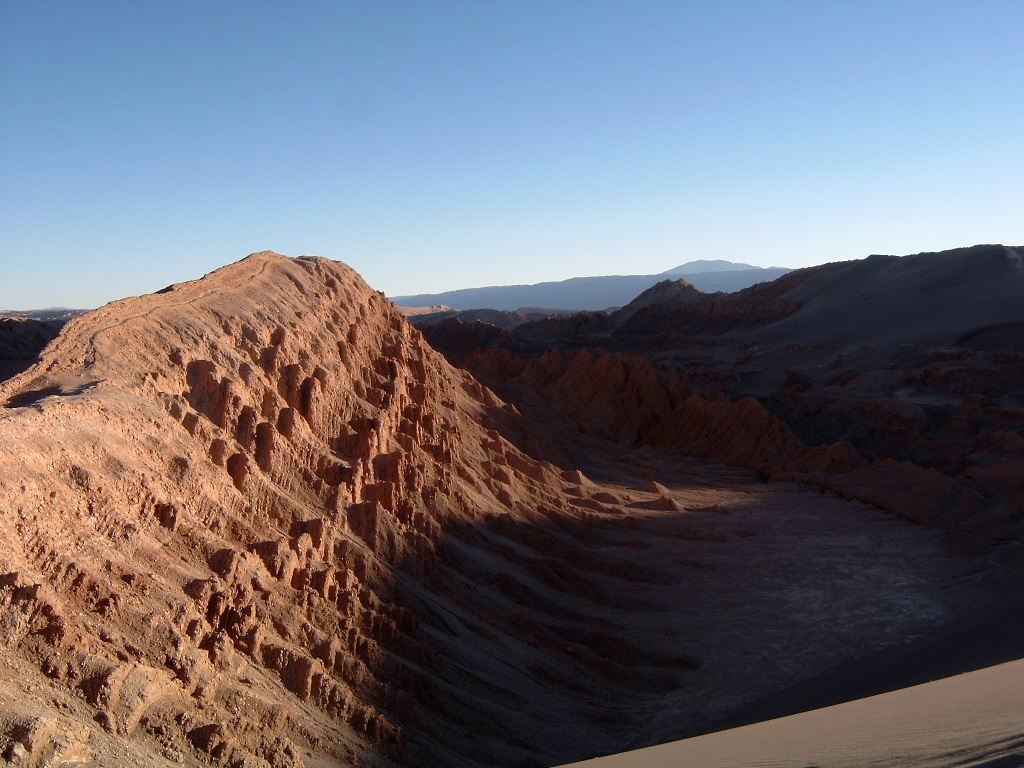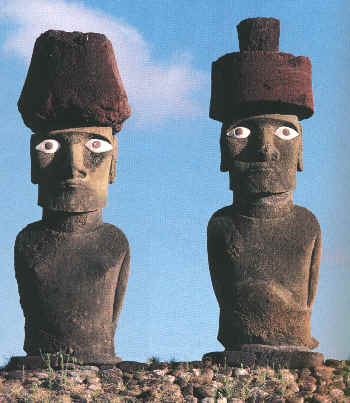Culture in Pictures: Chile
This series, started by renaerulesis designed to share the history and culture of Spanish-speaking countries through picture. With help I hope to cover them all over the next few months. Participation is highly encouraged and each person should include a description of the photo they provide. Also, since this thread is not an excersise I think it would be suitable to post in either Spanish or English and let the readers feel free to make corrections in the comment section. There is a lot of information available so hopefully in the end, with everyones help, we will have large pictorial to look back on.
This long strip of a country covering nearly half of South America's western coast is officially known as República de Chile. It was first occupied by the Incas and Mapuche before Spanish colonization in the sixteenth century.The Inca nation migrated down from the North to take over the Mapuche civilization but failed in their attempt. The next would be the Spanish who after more than 100 years of intermittent fighting finally came to terms with the indigenous people. It was first in 1520 that a European, Ferdinand Magellan, discovered the straits of Magellan at the Southern point of South America and in 1535, seeking gold, the Spanish conquistadors started their intrusions into the country. By 1541 Santiago became the first city to be founded in Chile. Due to its geographical constraints the colonization of Chile was a difficult one. The gold and silver they sought was never found but it was realized that the fertile land was of great importance. Later years brought on territorial disputes with Peru and Bolivia and today Chile is considered one of the most prosperous countries in South America. But this is supposed to be a pictorial on culture so I'll start with the indigenous people pictured below- they are the Mapuche. 

Much of the actual culture of Chile is a mixture of its early inhabitants and the extensive immigration of other European people such as this German inspired architecture. 
Chilean rodeo ranks # 2 in most popular sports

y claro numero uno.

18 Answers
For context, I always like to see where a country is located. Location in the world and proximity to surrounding countries and regions usually has a great effect on any culture. ![]()

Addition. Chile also claims its territory in Antarctica but the claim has been suspended by the Antarctic Treaty.

Spanish is no longer spoken in the Philippines but it was the official language of the filipinos during the spanish period.
It all started when Ferdinand Magellan, a Portuguese explorer, arrived in the Philippines on March 16, 1521 and claimed the islands for Spain.

The very 1st mass in the Philippines was held in Cebu City
But the spanish colonization begun when Spanish explorer Miguel López de Legazpi and his troops arrived from Mexico in 1565 and formed the first European settlements in Cebu City. There, he befriended Datu Sikatuna and the natives of Cebu. Miguel López de Legazpi and Datu Sikatuna made a blood compact as a sign of friendship between the two people.

Statue of Miguel López de Legazpi with Datu Sikatuna (in Tagbilaran, Bohol) marks the location where the Blood compact alliance took place.

University of Sto. Tomas - is one of the oldest existing universities in the Philippines. It was founded on April 28, 1611 by Miguel de Benavides y Añoza, a Spanish clergyman and sinologist and the third Archbishop of Manila.

San Agustin Church in Intramurus, Manila - Built by the Spaniards in 1570, this church is a significant monument to the Spanish colonization of the Philippines, being the first religious structure built in the island of Luzon.
Some old Spanish Houses in the Philippines:


Huasos are Chilean countrymen and skilled horsemen, similar to the American cowboy. They ride horses and typically wear a straw hat called a chupalla. They also wear a poncho —called a manta or a chamanto (although this is generally reserved to land owners, as it is much more expensive)— over a short Andalusian waist jacket, as well as tooled leather legging over booties with raw hide leather spur holders that sustain a beautiful long shanked spur with 4" rowels, and many other typical garments. Huasos are an important part of Chilean folkloric culture and are a vital part of parades, fiestas, and holidays.
According to http://en.wikipedia.org/wiki/Huaso



Torres del Payne

Catedral de Mármol

nice pictures
!Vaya Chile!

Monte Verde is an archaeological site in south-central Chile, which has been dated to 14,500 years before present.



Tulor, another pre-Columbian site of Atacameños people, in Antofagasta Region




Pukará de Quitor, an archaeological site of Atacameños people, in Antofagasta Region


![]()


Winter in Patagonia.

Un otro foto: a lot of llamas and alpacas at Lauca National Park, with Parinacota Volcano in the background.
Muchos llamas y alpacas a el parque de Nacional de Lauca, con el volcán de Parinacota detrás.

I have been to several Santiagos in the world. The beautiful Santiago de Chile is next on my list. ![]()

For our walking friends. 
Para mí, este es muy interesante, porque mi sobrino es allá por tres semanas! En el foto bajo, es el puerto de San Antonio.















